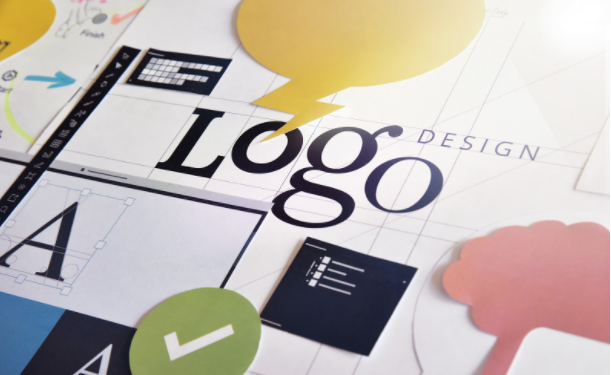At the beginning of every branding workshop, presentation or introduction to a new client we as a brand strategy agency, always strongly state that a brand is so much more than a logo. While this is true and we passionately stand by this statement there is also great value in how a logo impacts the brand and, in particular, the visual identity.
Good logos can lead to great branding and great branding can lead to great brand performance and increases in customer preference and loyalty.
1. Your Logo Is The Gateway To Your Brand
Often the first thing people see and what they consistently engage with is your logo. Some of the biggest brands we see today have a strong, identifiable logo that they have adapted and shifted in line with the times and their own business evolution.
The logo should enable a brand to stand out in their space, differentiating from competitors and bringing continued recall from customers.
One exercise to challenge the recall of your brand is to gather a group of employees or customers and give them 30 seconds to draw the brand. What is the result? Are there consistencies across the sketches? Are those consistencies expected?
This exercise can help you locate the core elements of the brand that should be used to inspire the visual identity.
This is where your logo becomes a catalyst for design.
2. The Power Of A Logo As A Catalyst
A logo should be the inspiration for everything that follows.
A great logo will be built from the brand’s positioning, using attributes of the brand to inspire creative expression. Brands that have a solid grounding in this will easily translate that across their identity.
The logo and its various elements will form part of the visual identity story, working as though the visual identity is built from microelements of the logo.
When done well, this expanded consistency gives you control. Control of the impressions you are making on your customers, creating a thread between logo, brand and visual identity.
3. Creating Consistency In A Mobile World
Today, logos have to work across many forms but no more so than the mobile space where each person has their collection of chosen brands on their wrist, in their pockets and sat in the palm of their hand.
Logos today need to stand out against a screen of other brands using only a square inch of space as well as working online, in print and across products.
Whilst some mobile logos are an adaptation of the existing logo, many existing logos have been adapted to be mobile-first.
4. Don’t Just Take Our Word For It – Listen To Head Of Design For Insta
This thinking is well documented in the Netflix series Abstract: The Art of Design episode where they talk with Ian Spalter, Head of Design for Instagram.
In this, he talks of the need to evolve the app and redesign the logo (something co-founder and original logo designer Kevin Systrom did not want to happen).
His challenge was to take something that was known and loved by a couple hundred million users and translate it into the more modern flat logos that have become commonplace across iOS 7 and beyond.
After the launch of the new logo Ad Week joined many other critics by running an article describing the logo as ‘The worst design decision ever,’ but Spalter stood by his logo knowing what it meant for the rest of his identity.
Today, with over a billion users, Instagram is one of the most used apps globally.
The simplification of the logo worked as a catalyst for other changes Spalter wanted to make. Stripping back and simplifying the visual identity and user experience to allow Instagram to do what it was born to do – let the photos be the hero.
